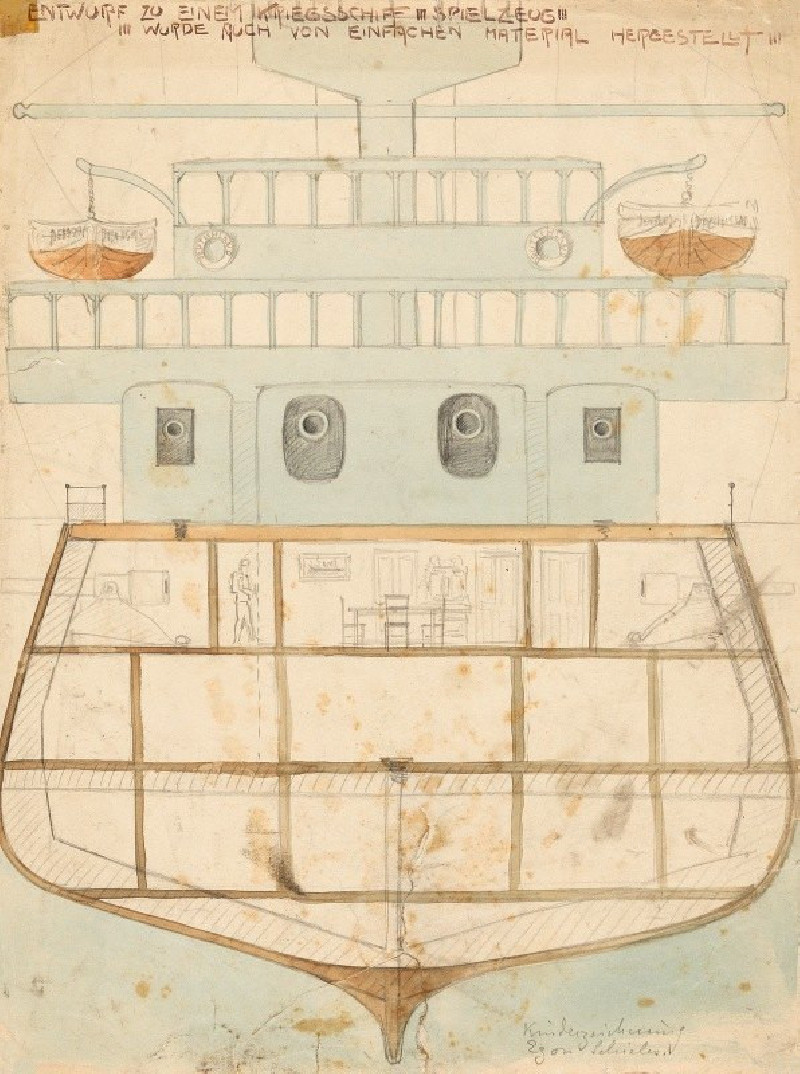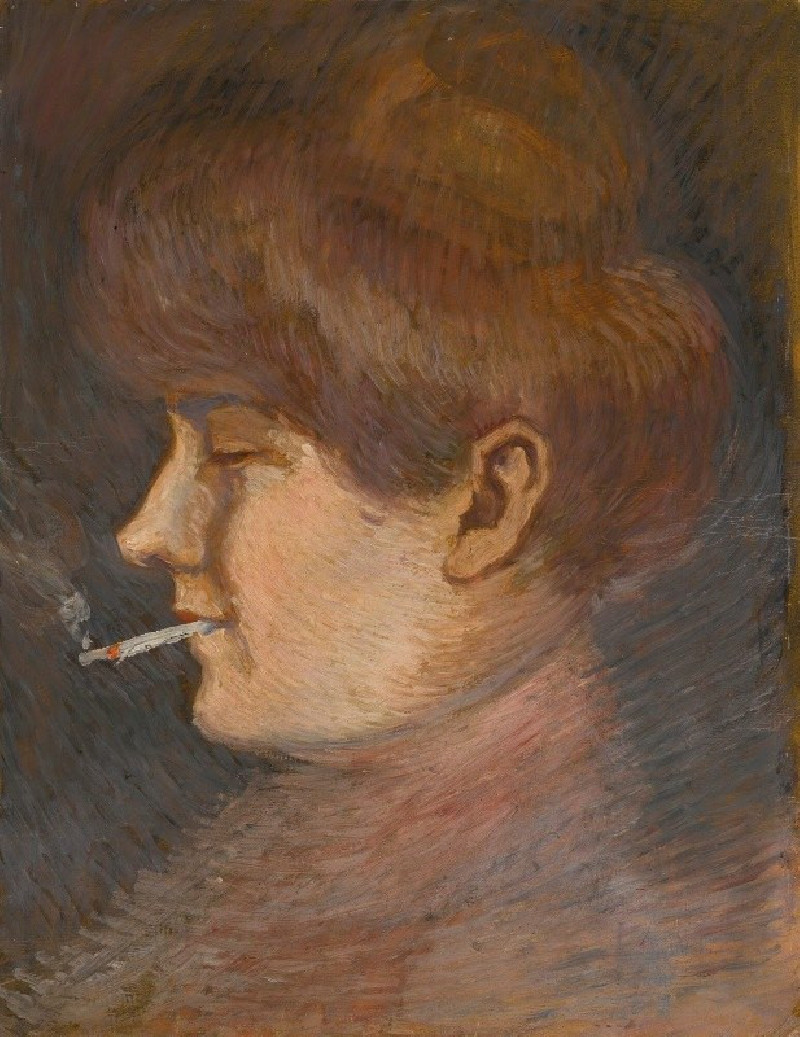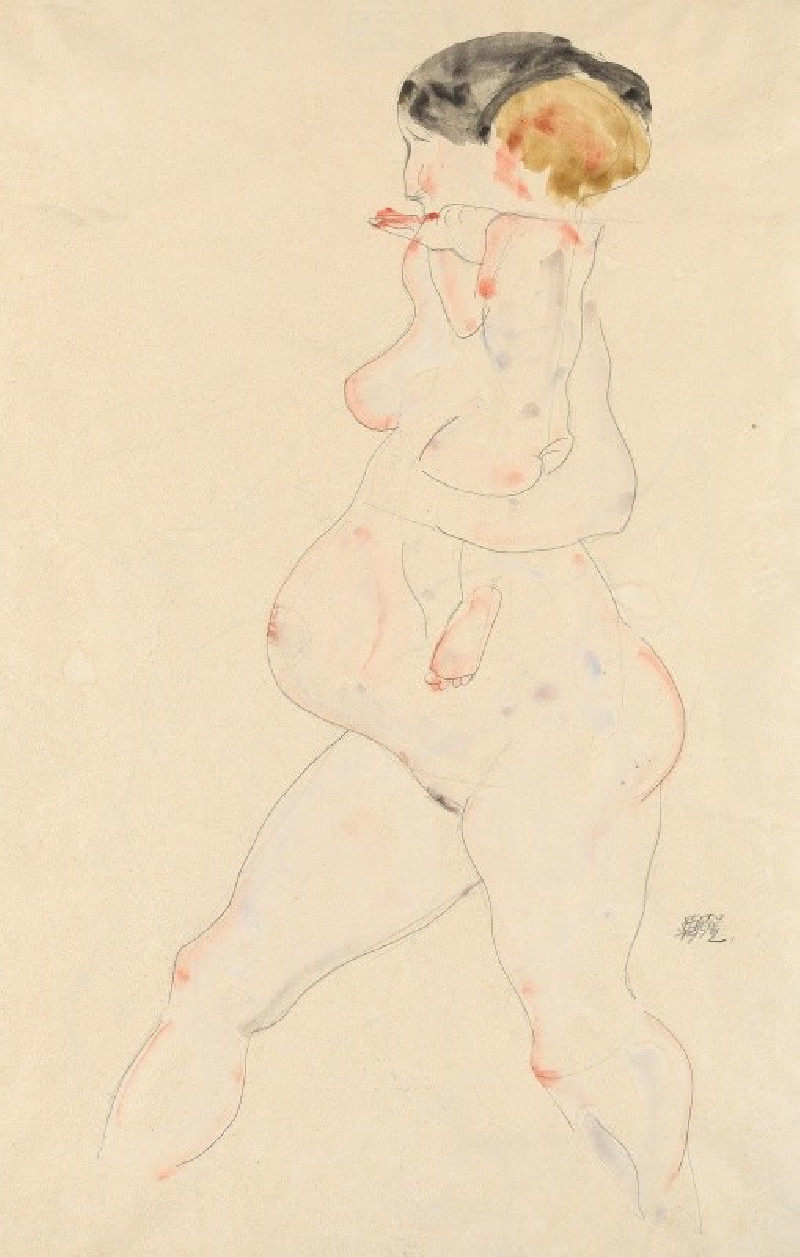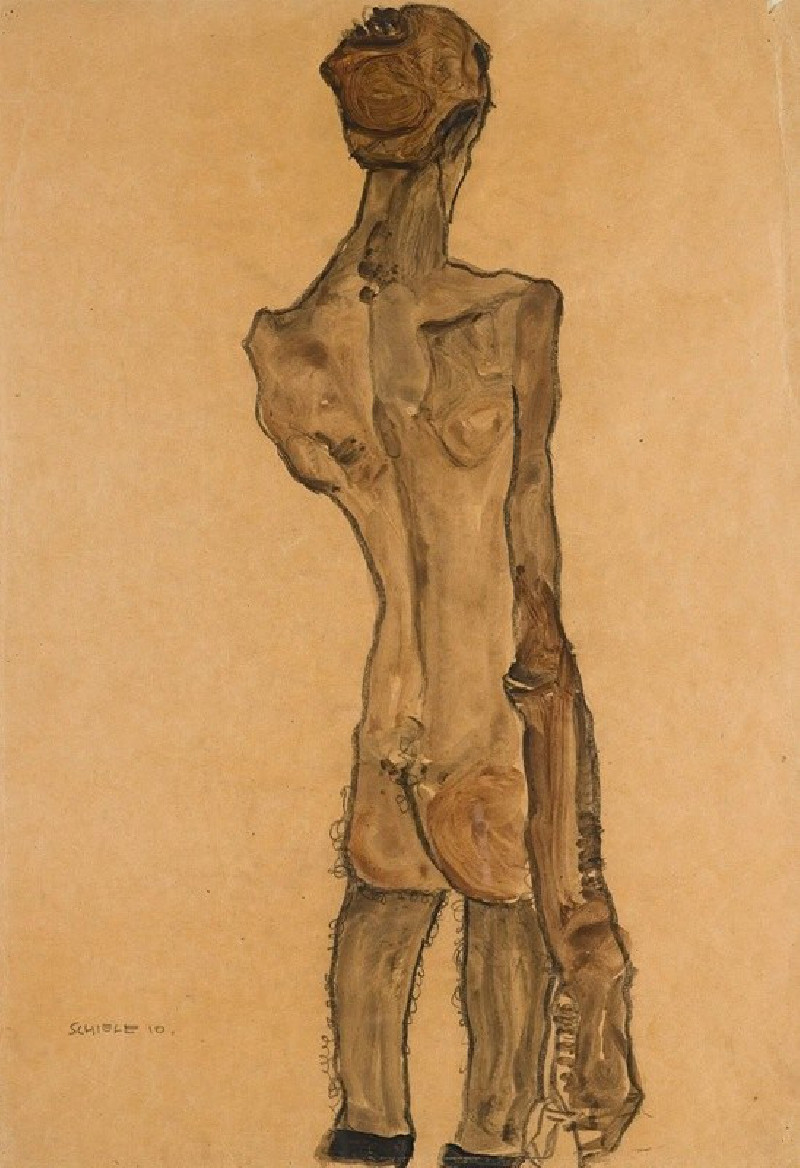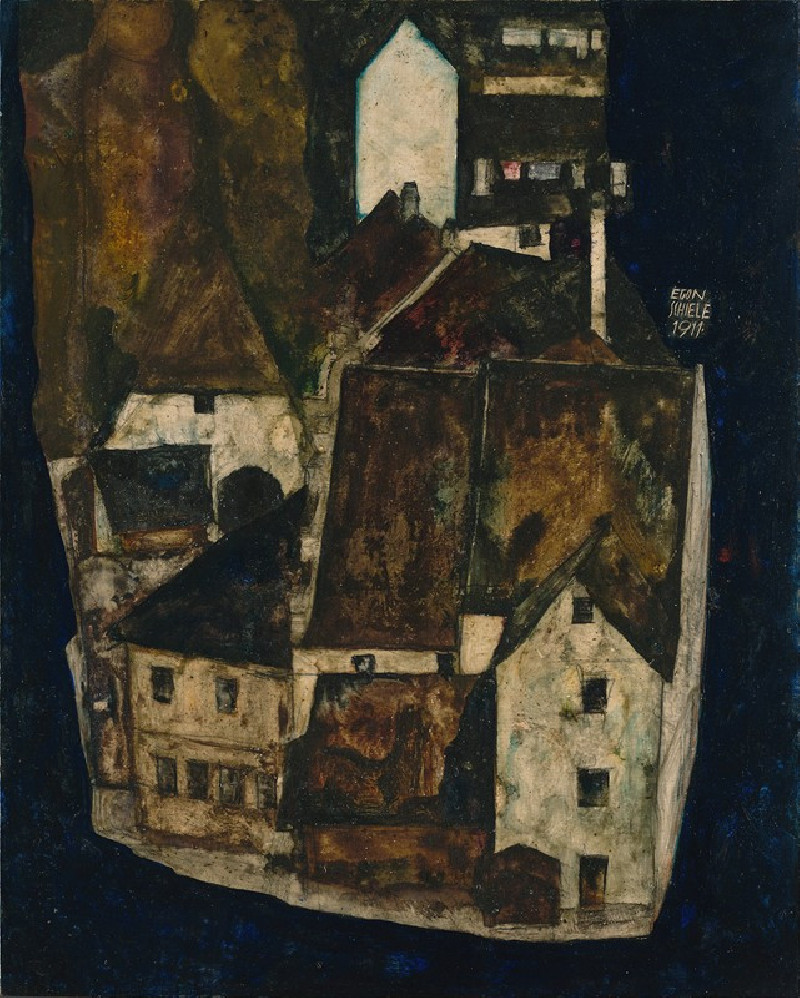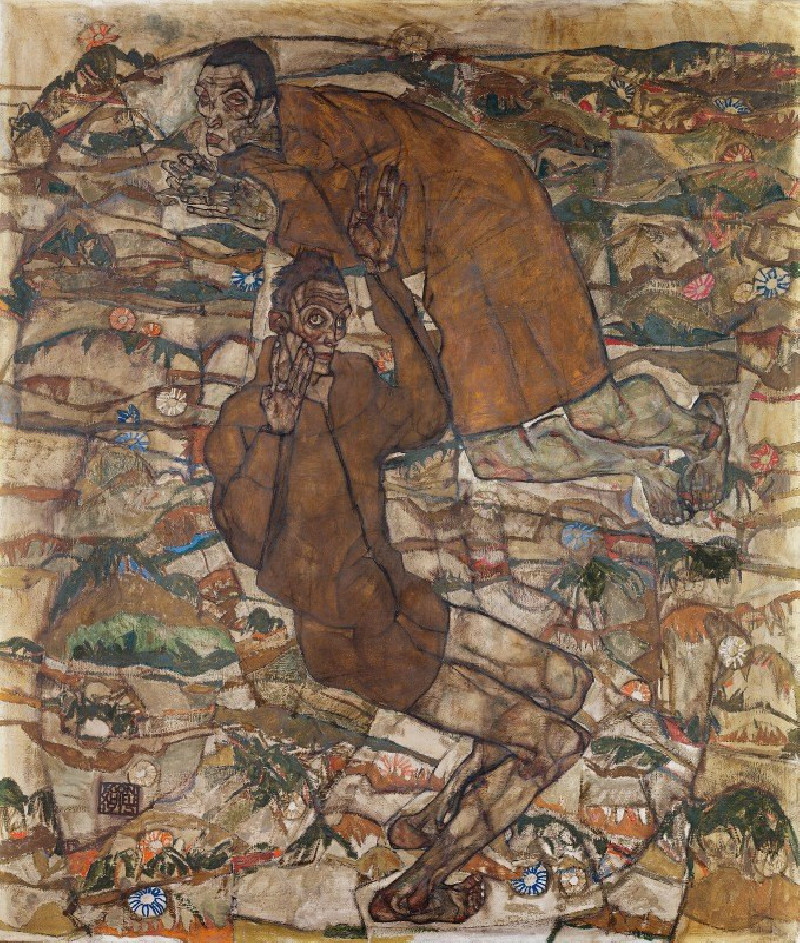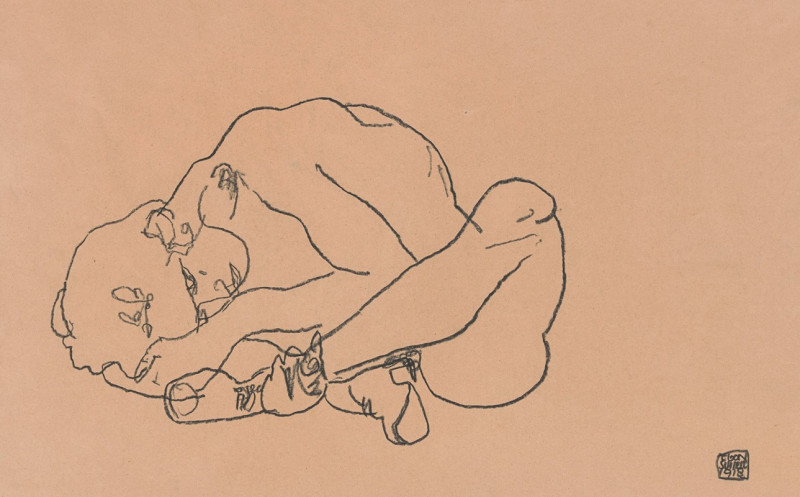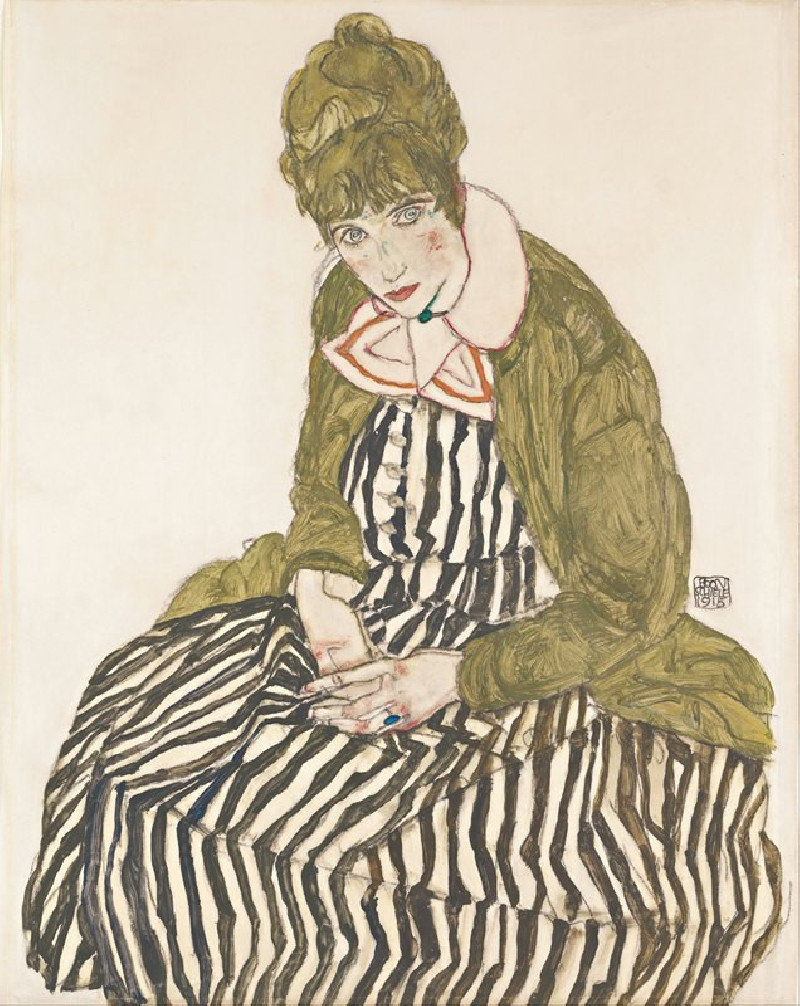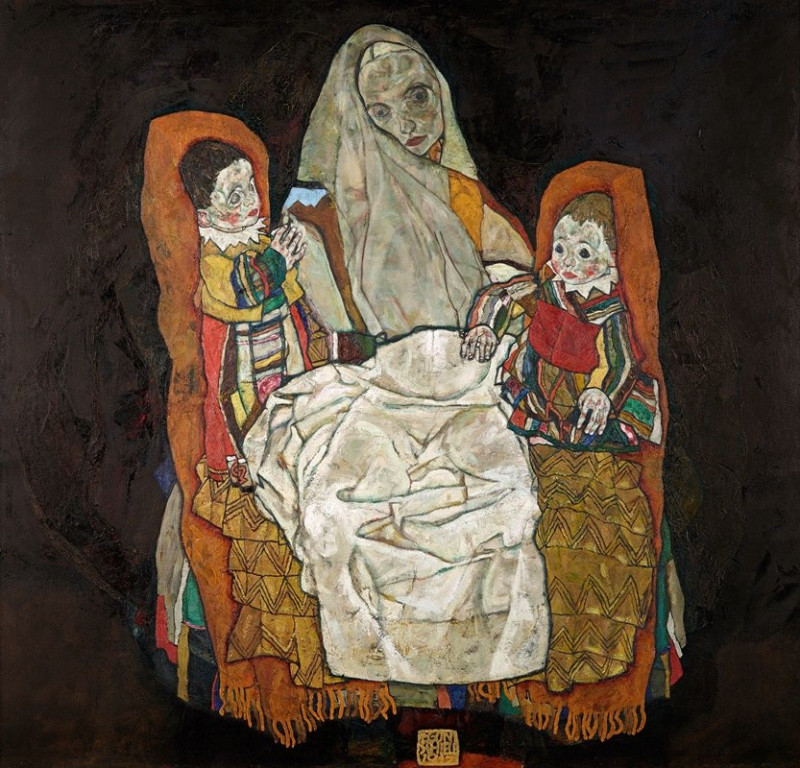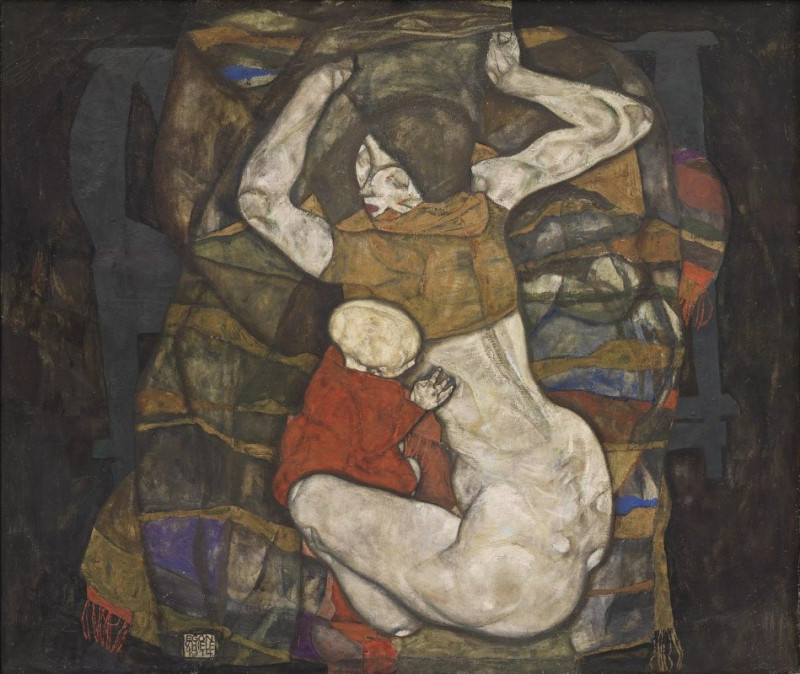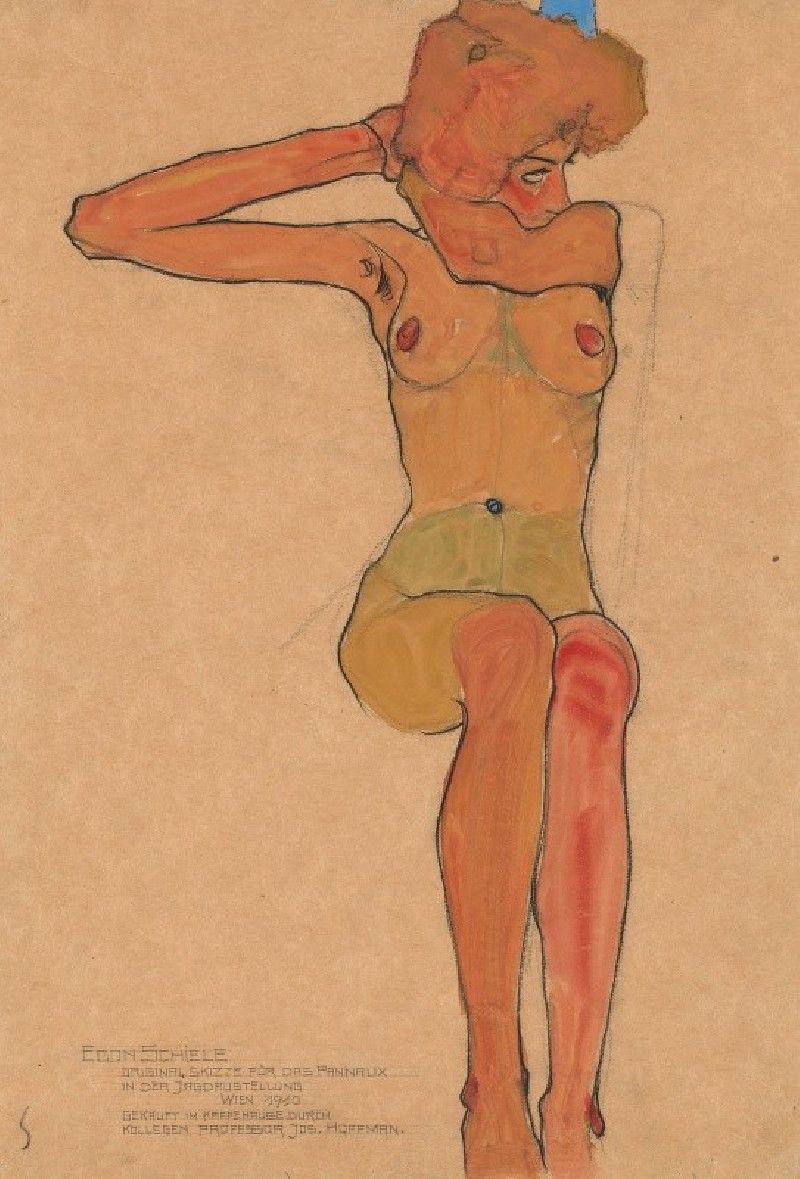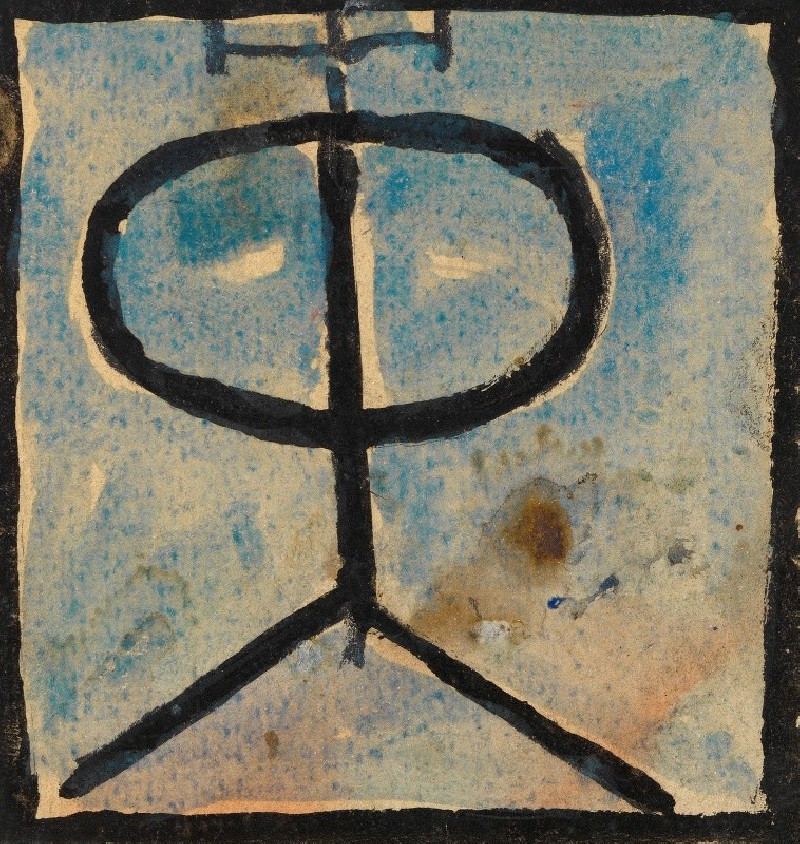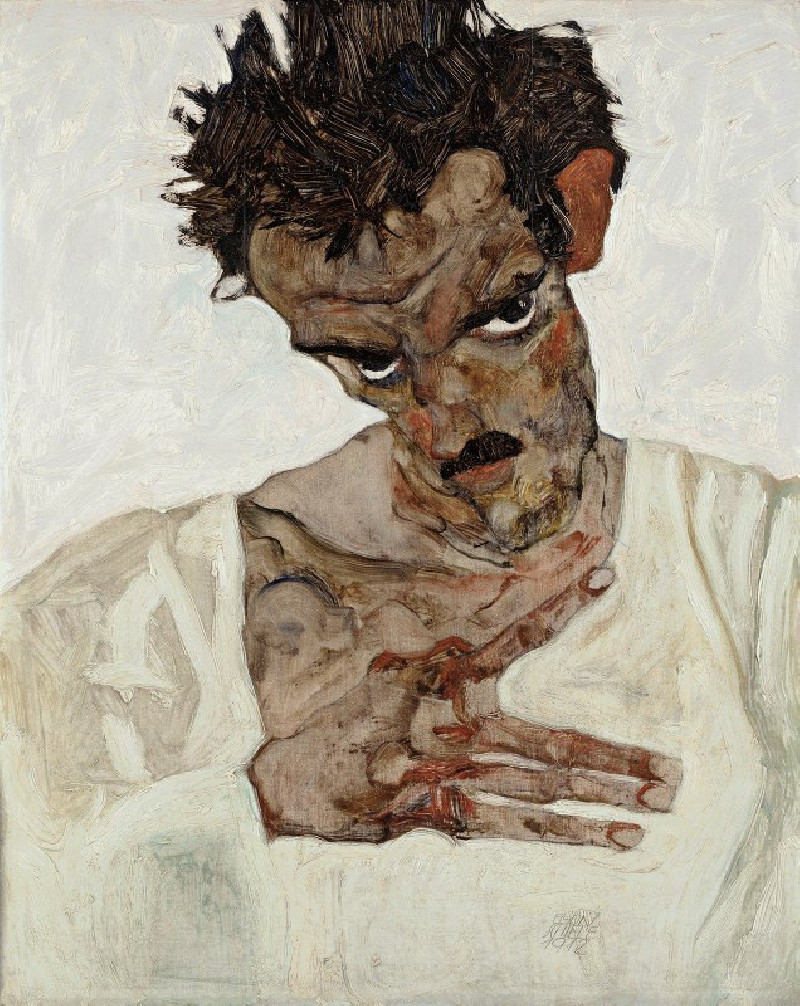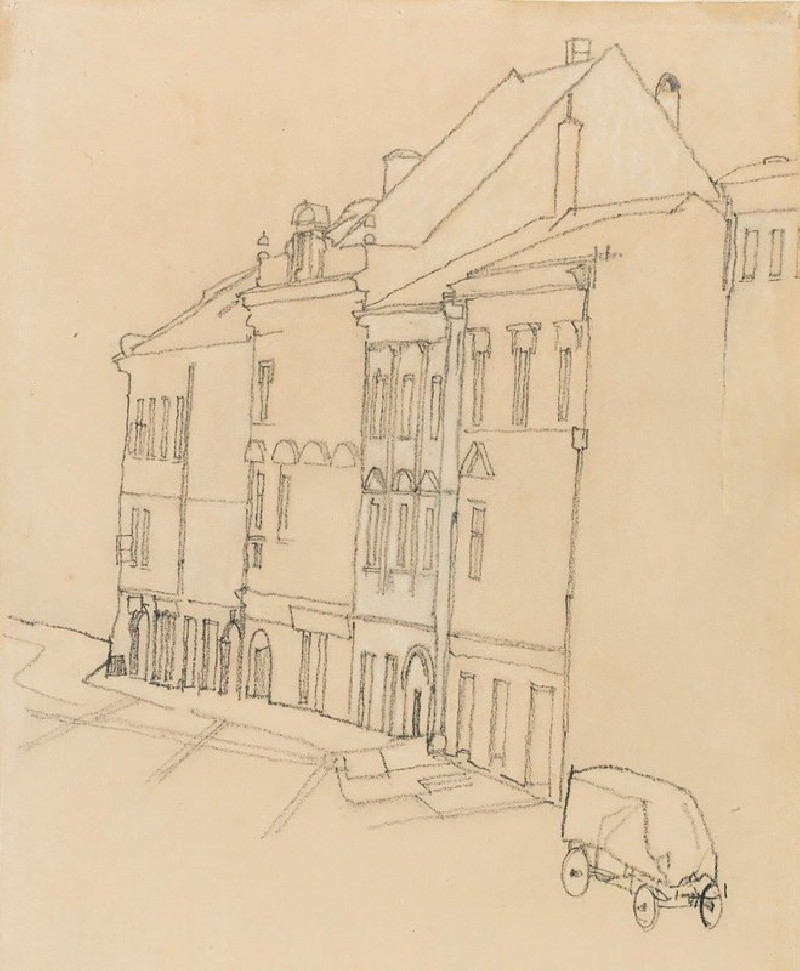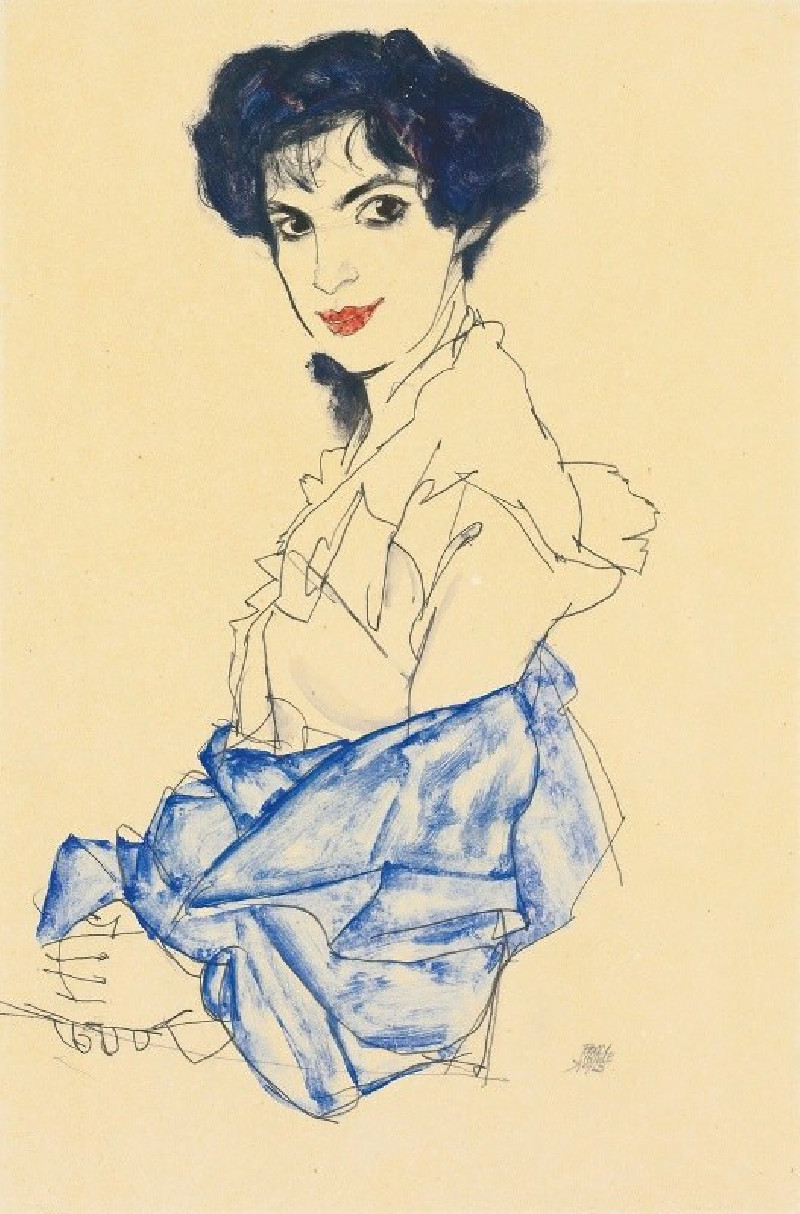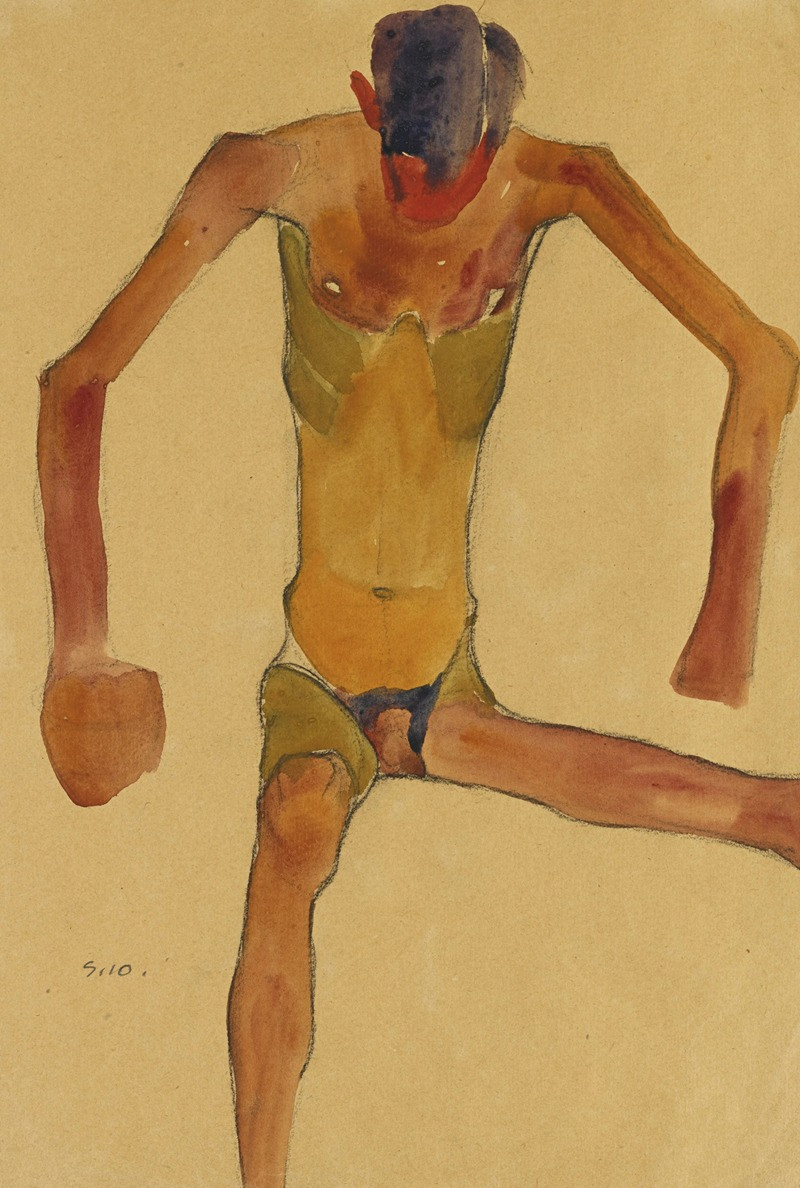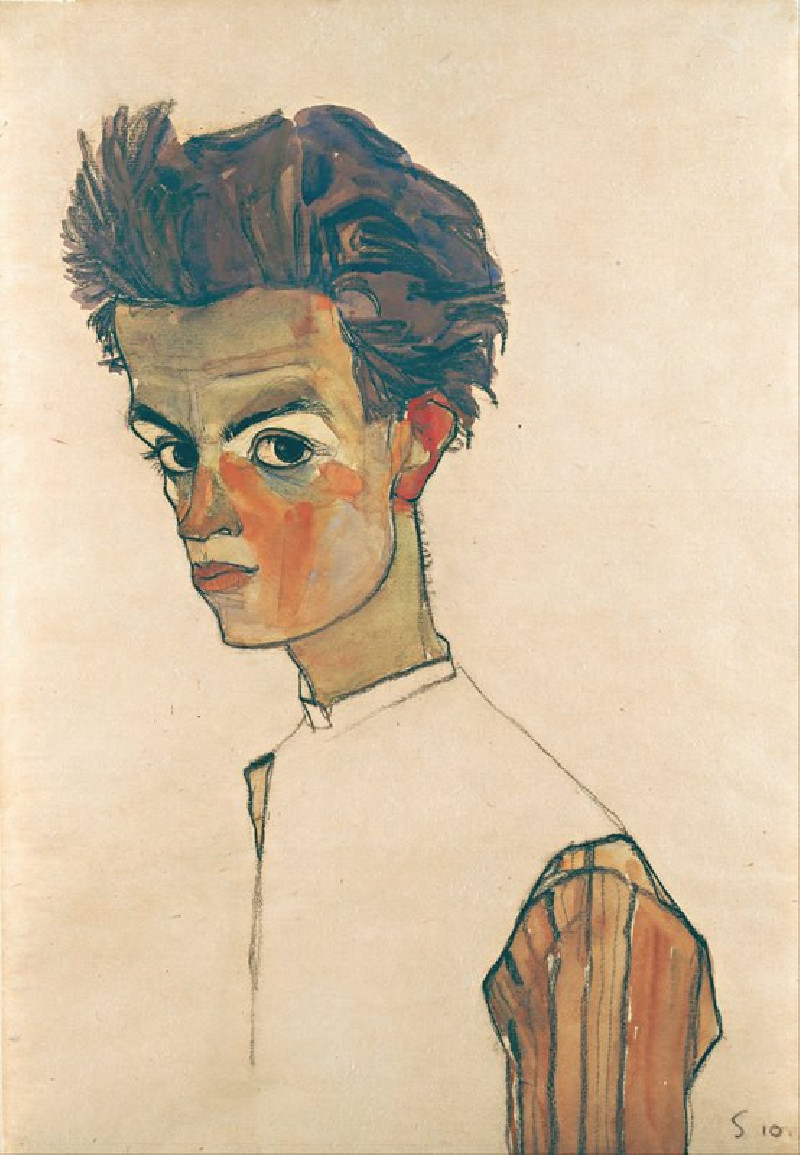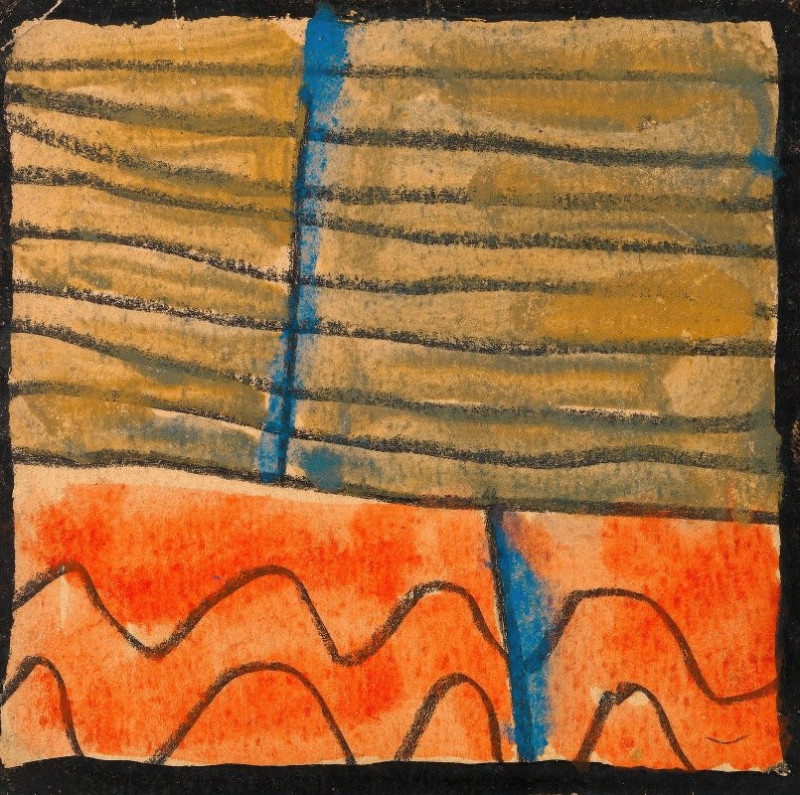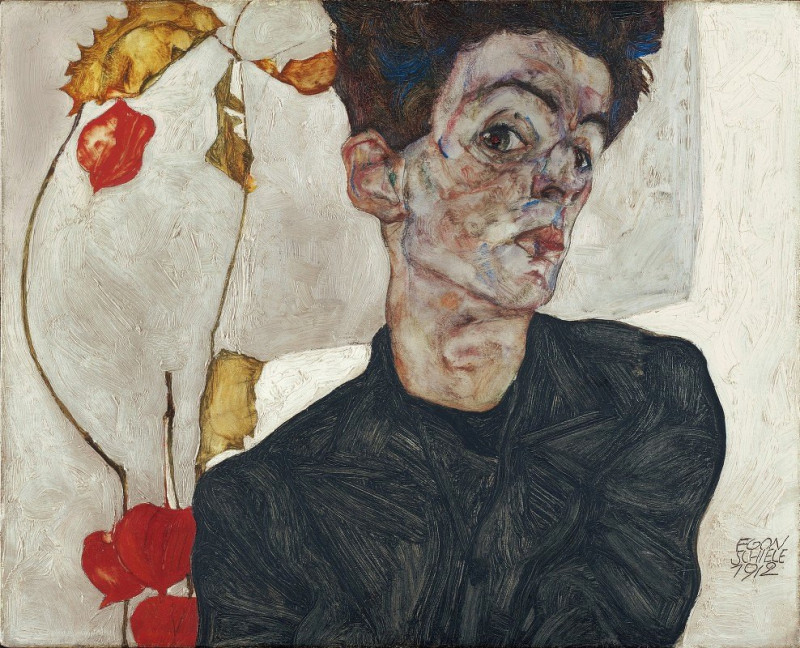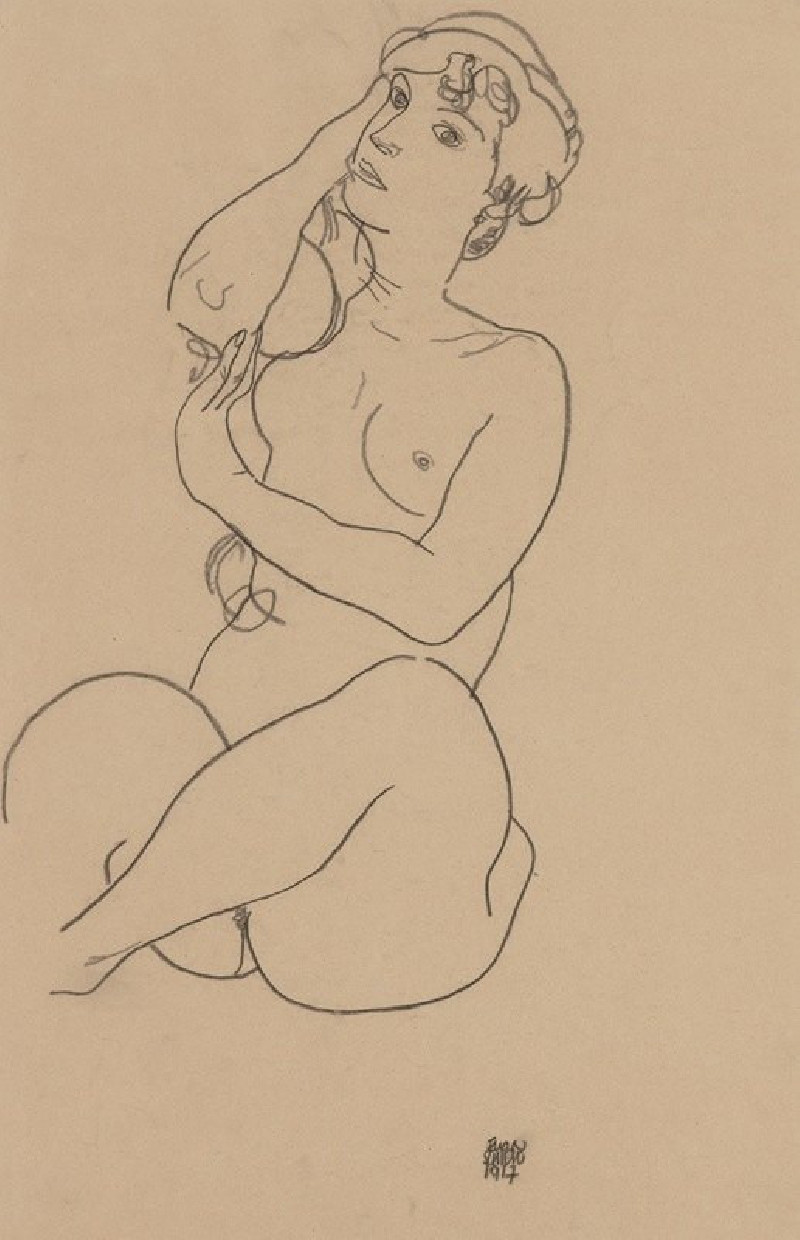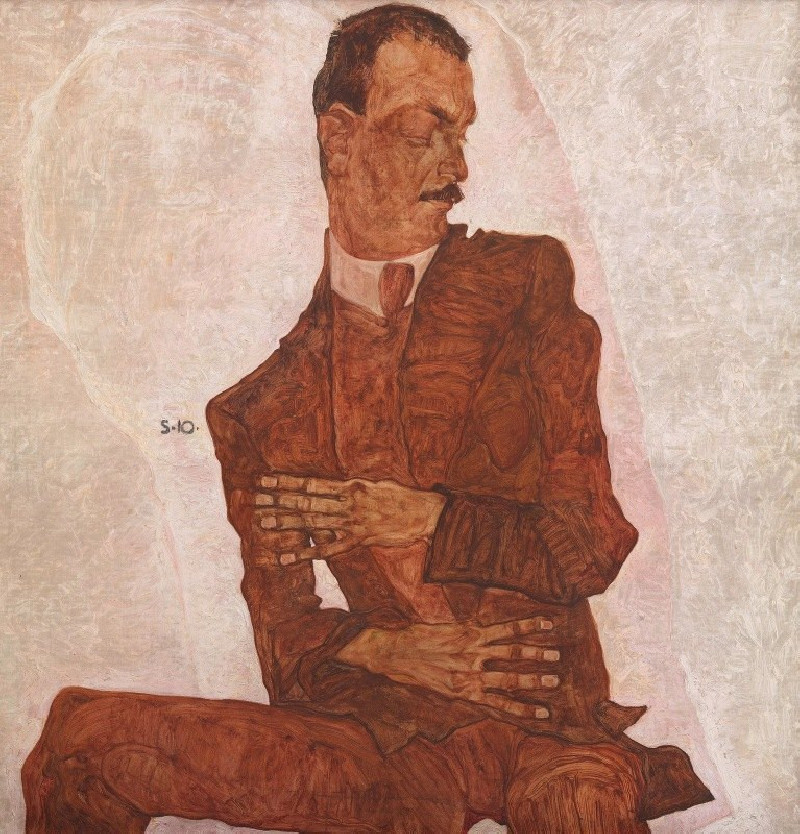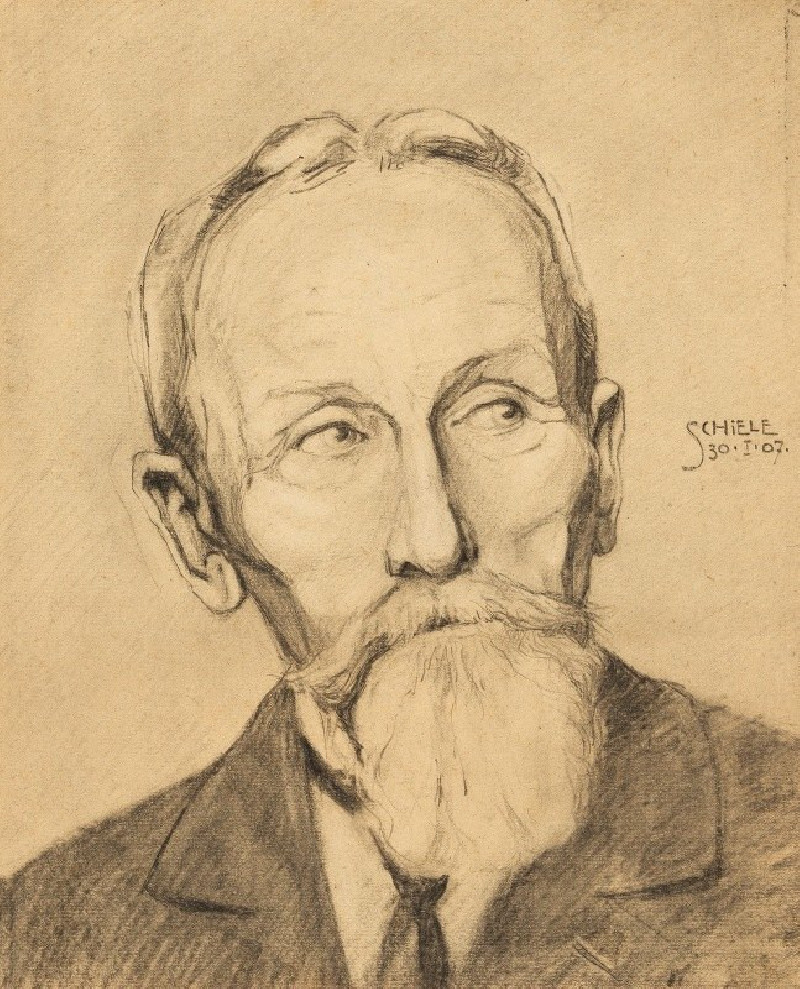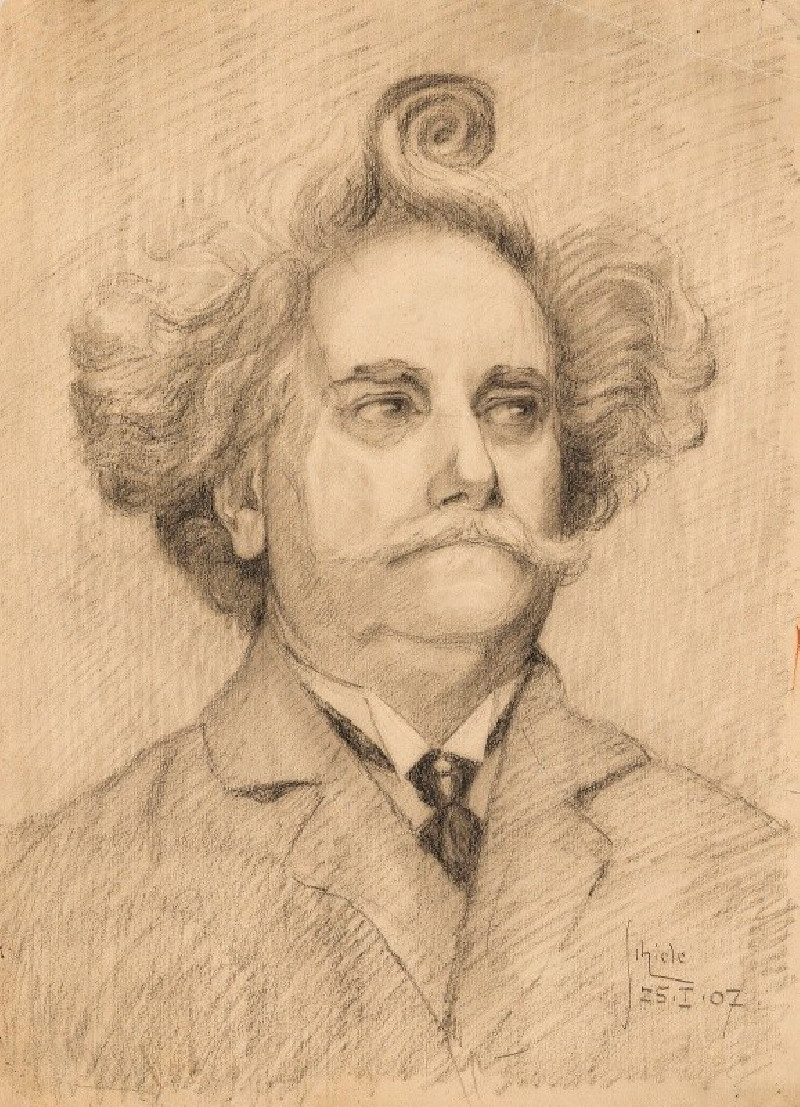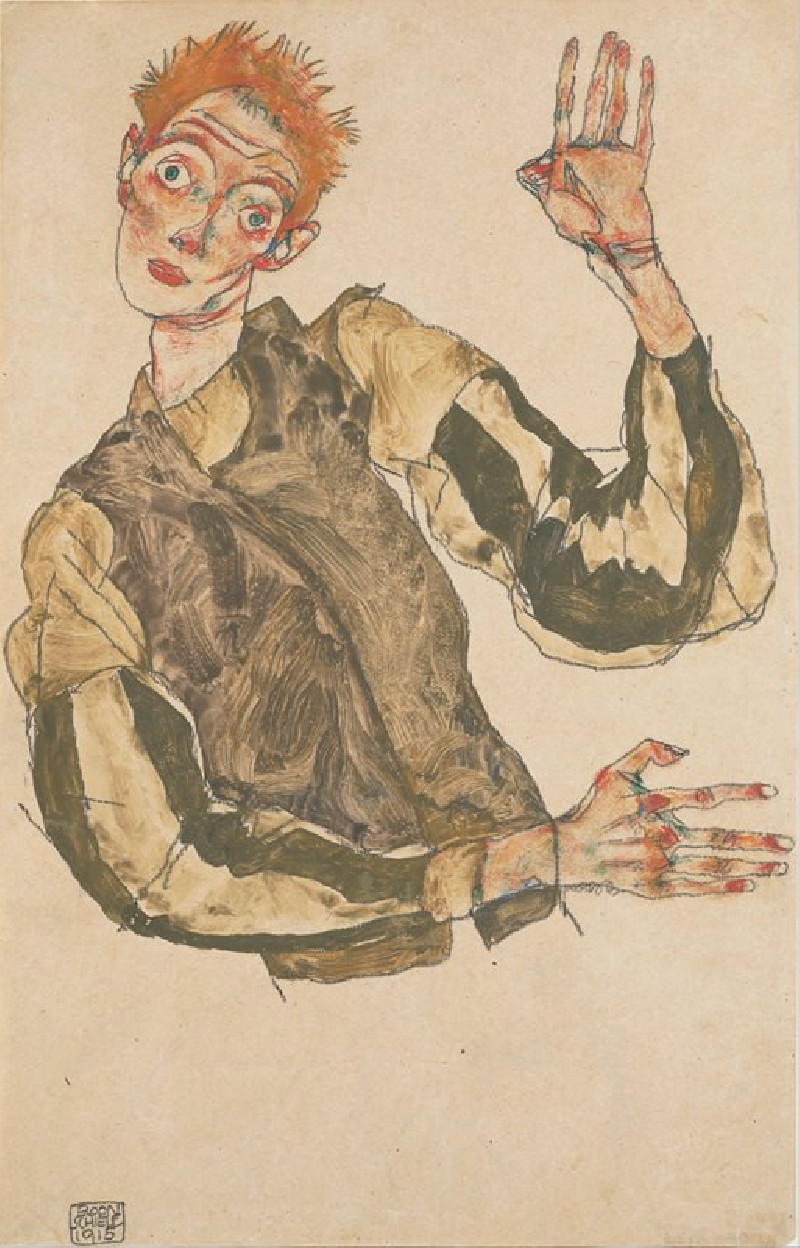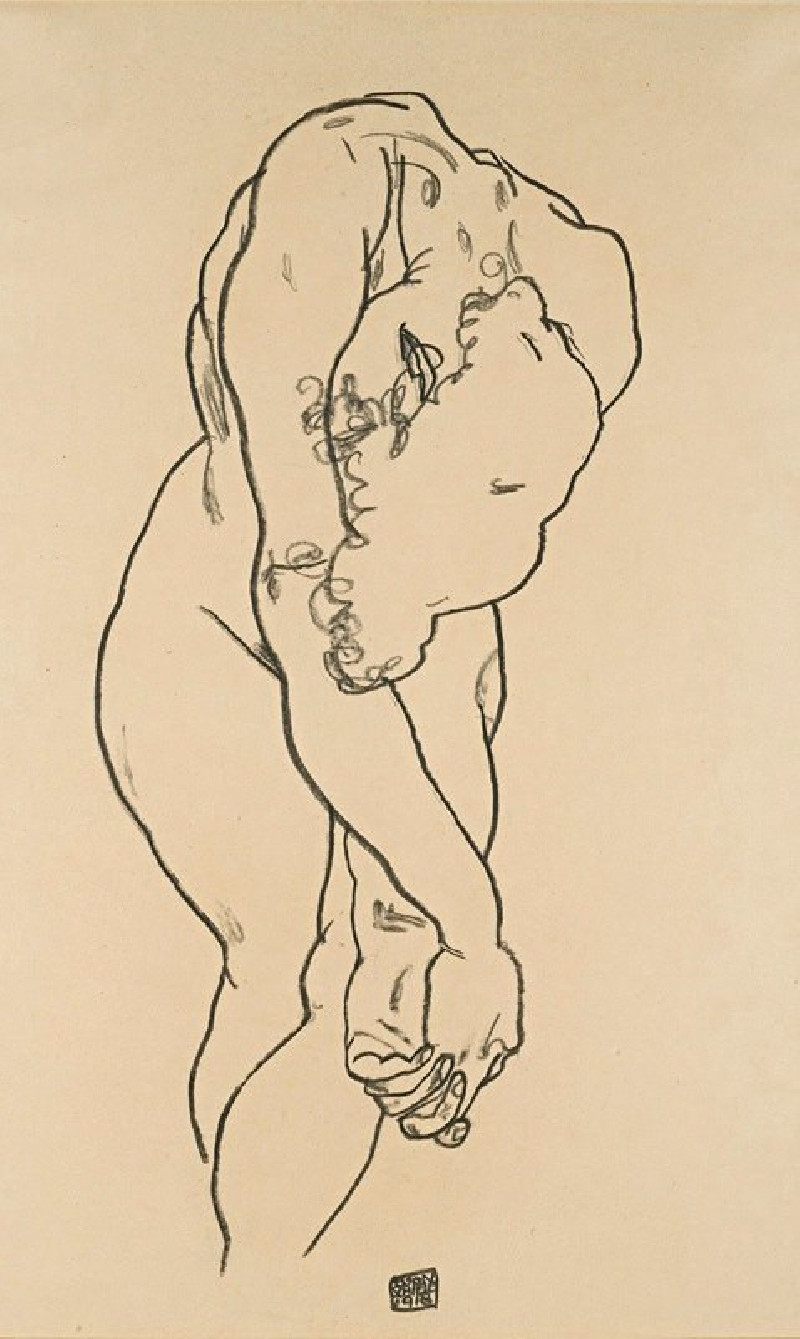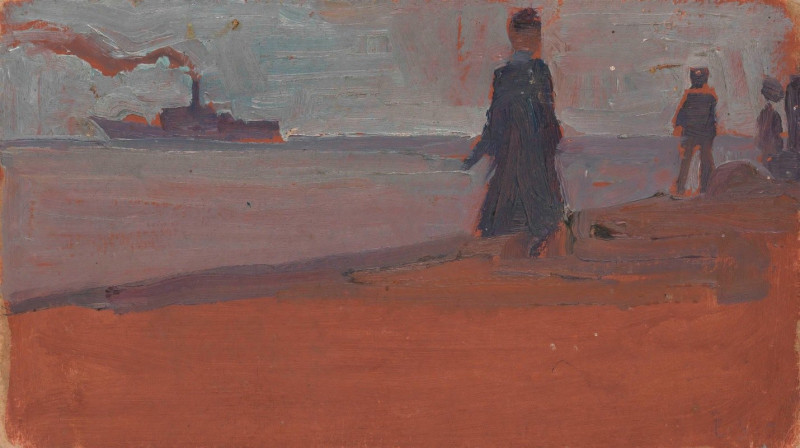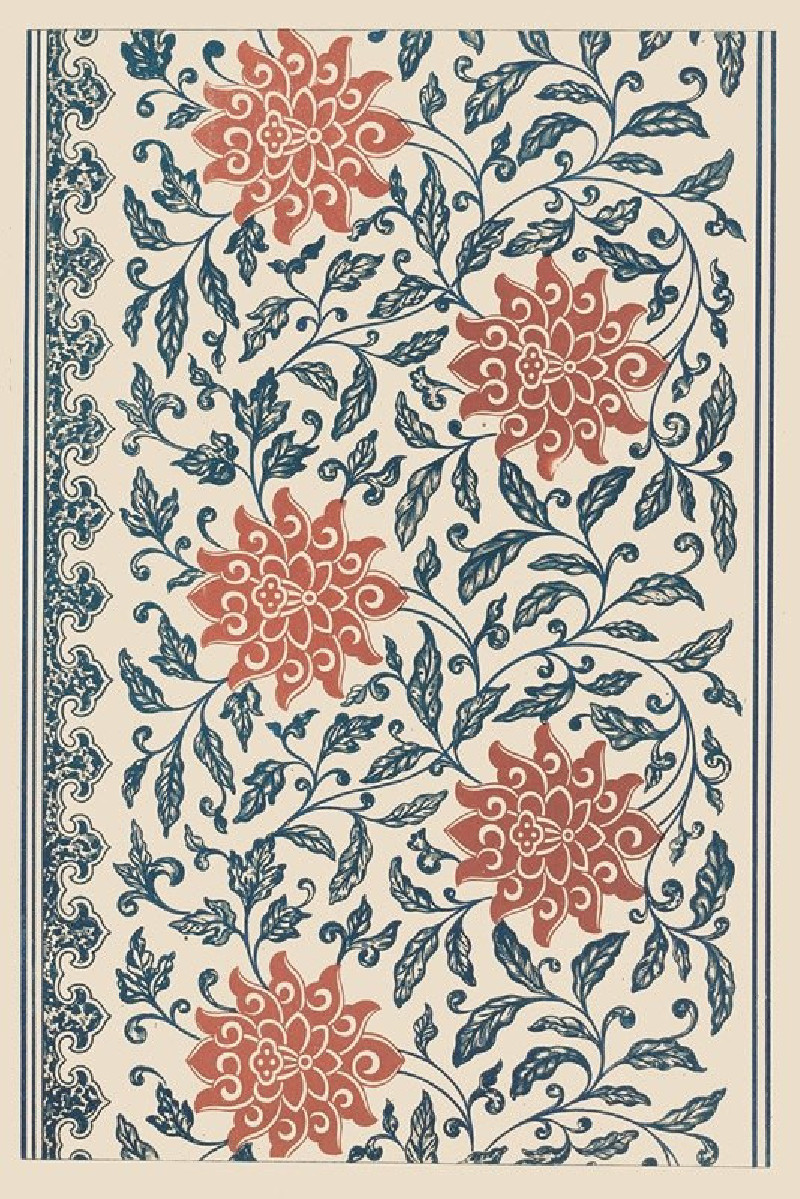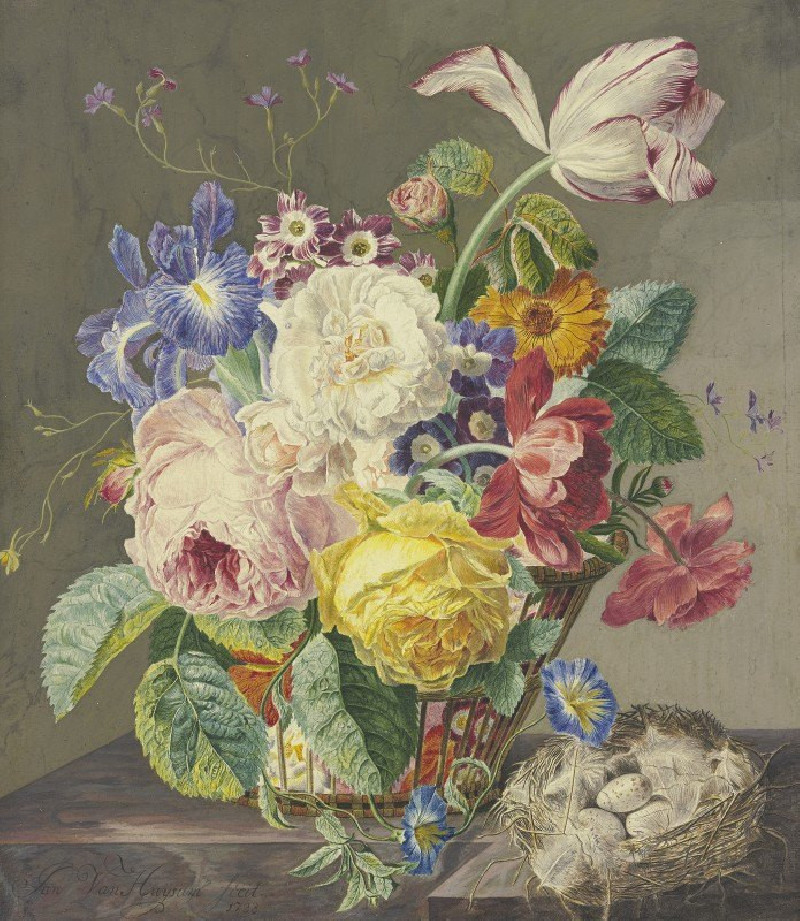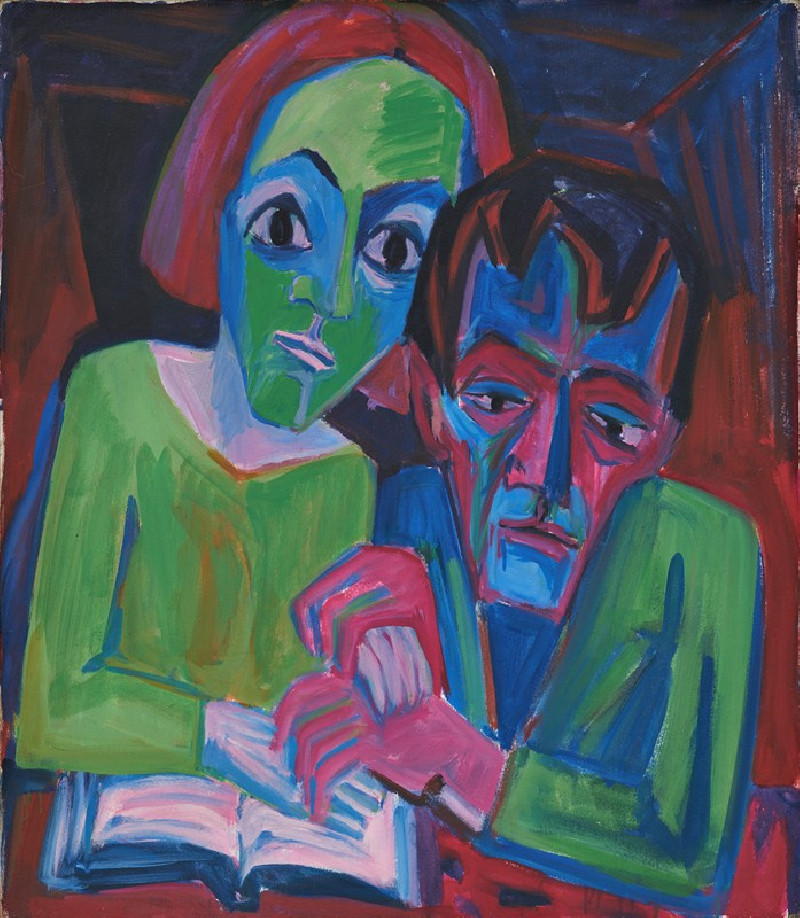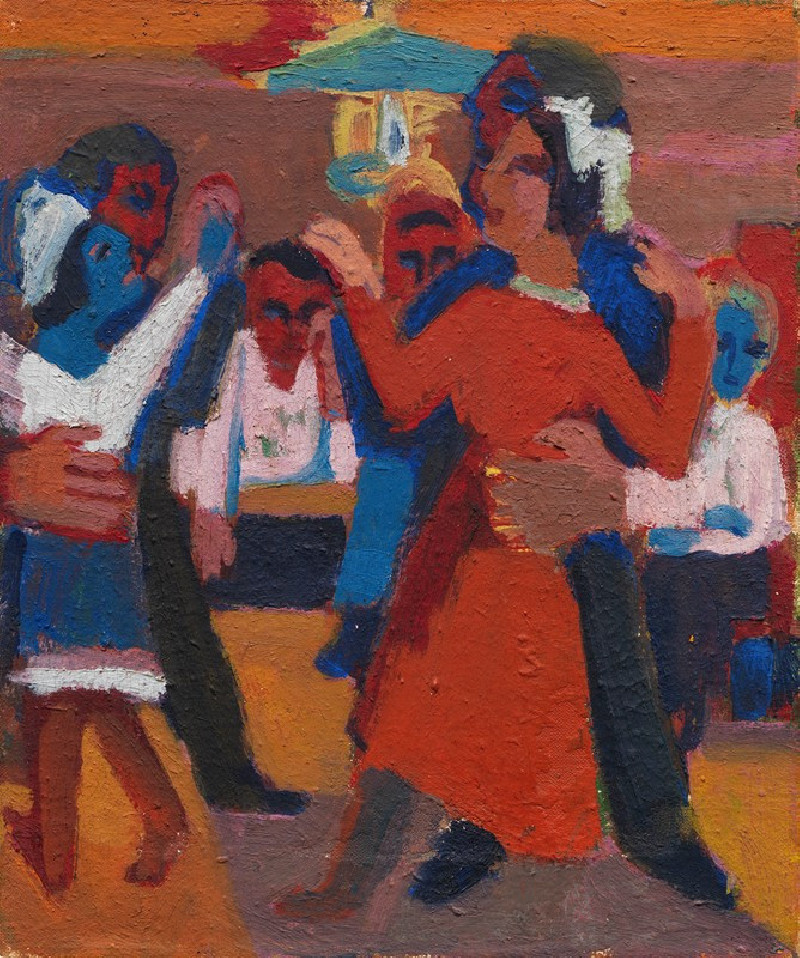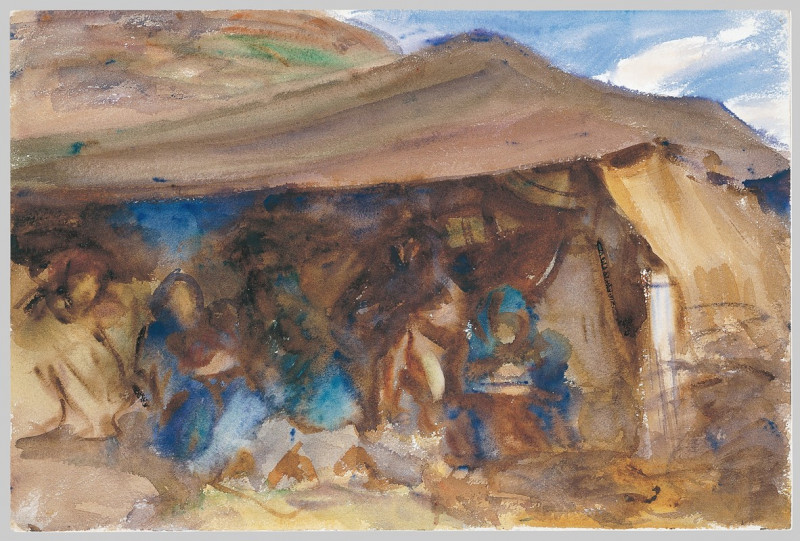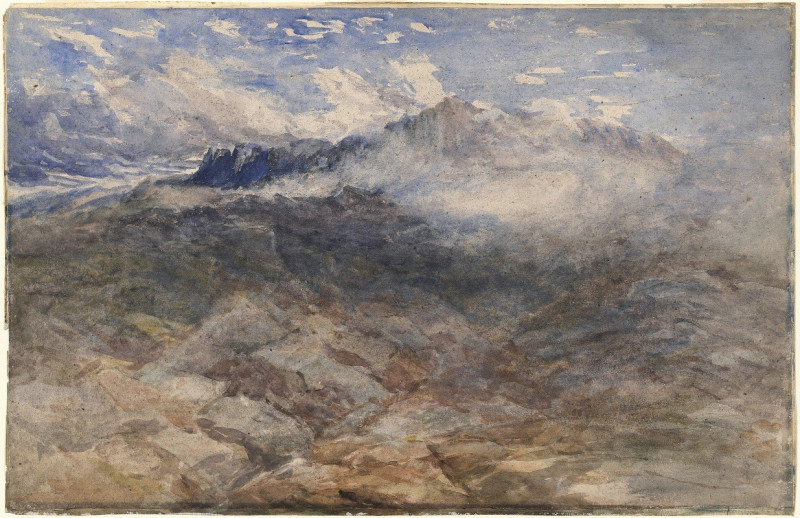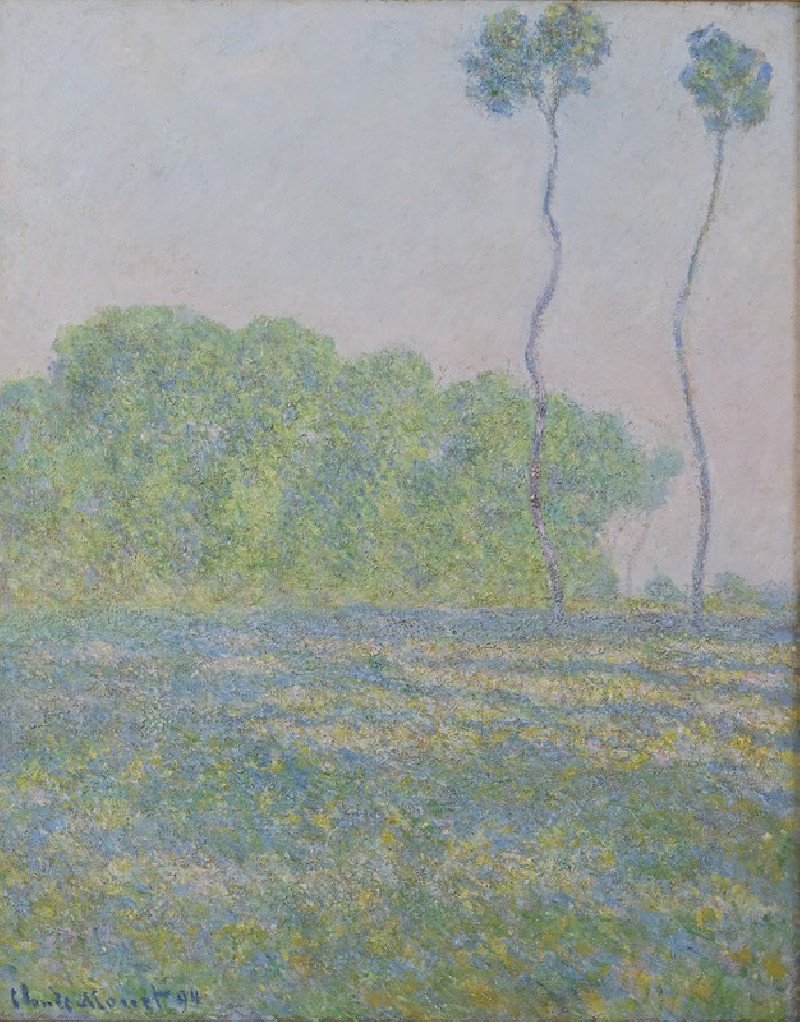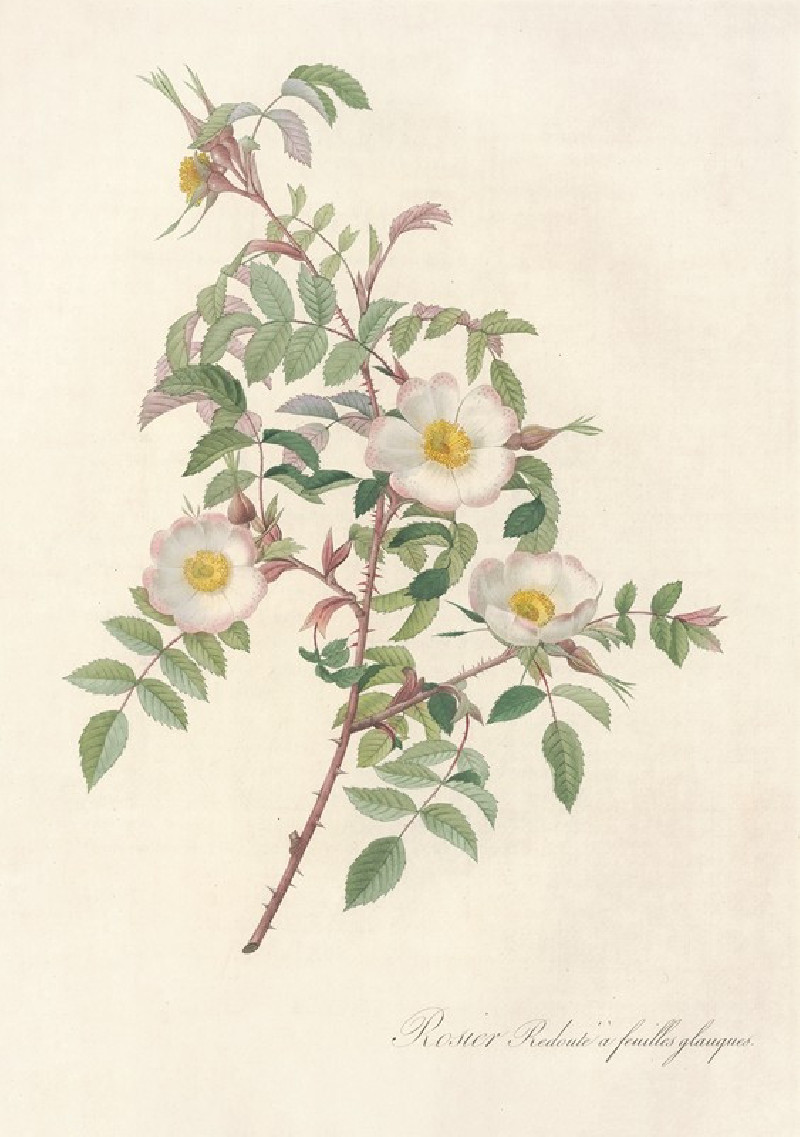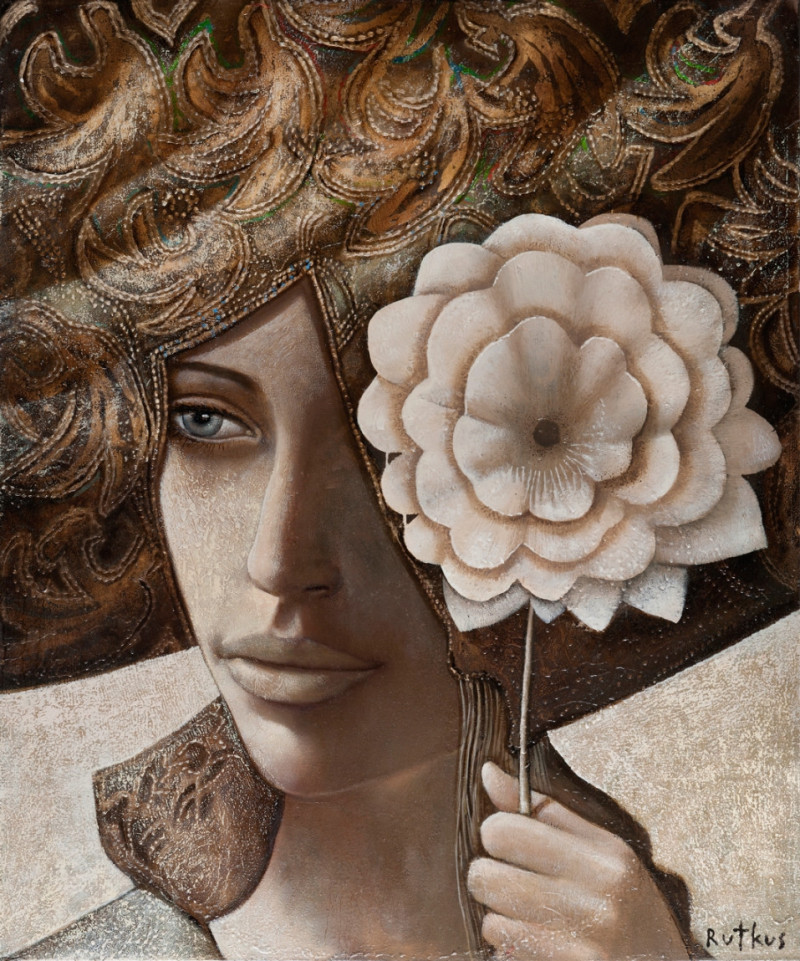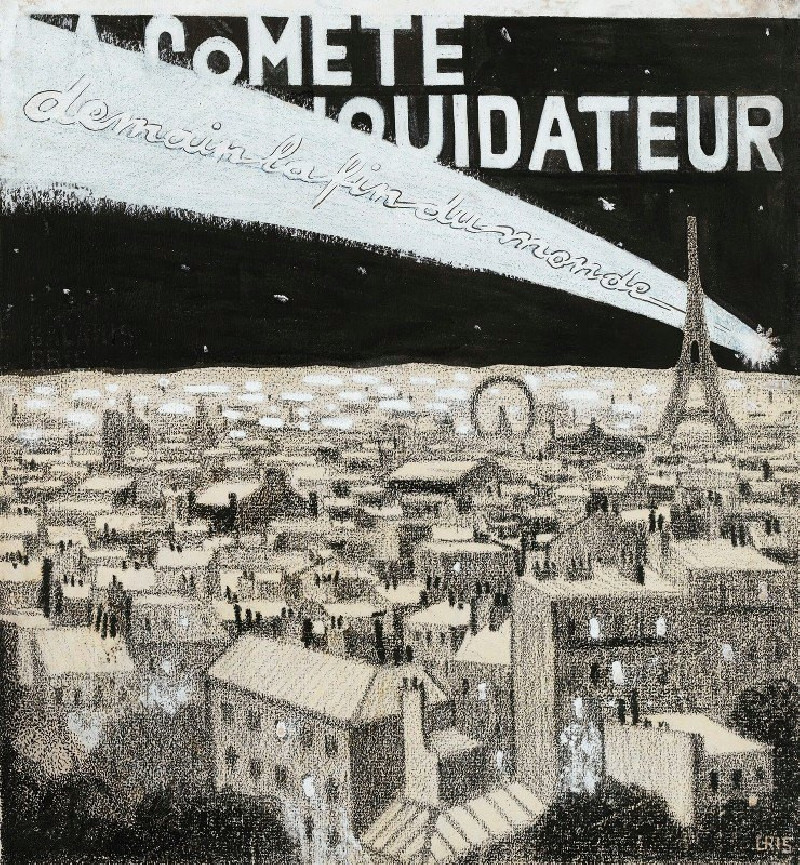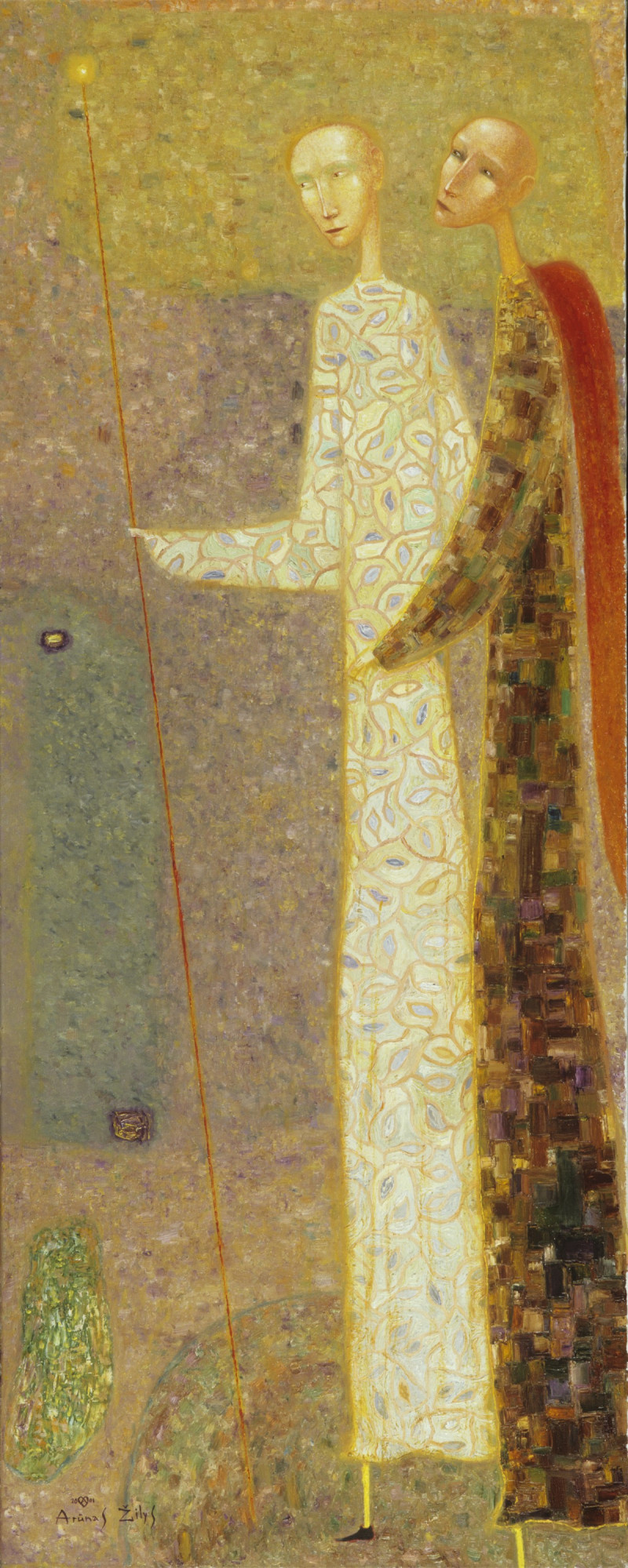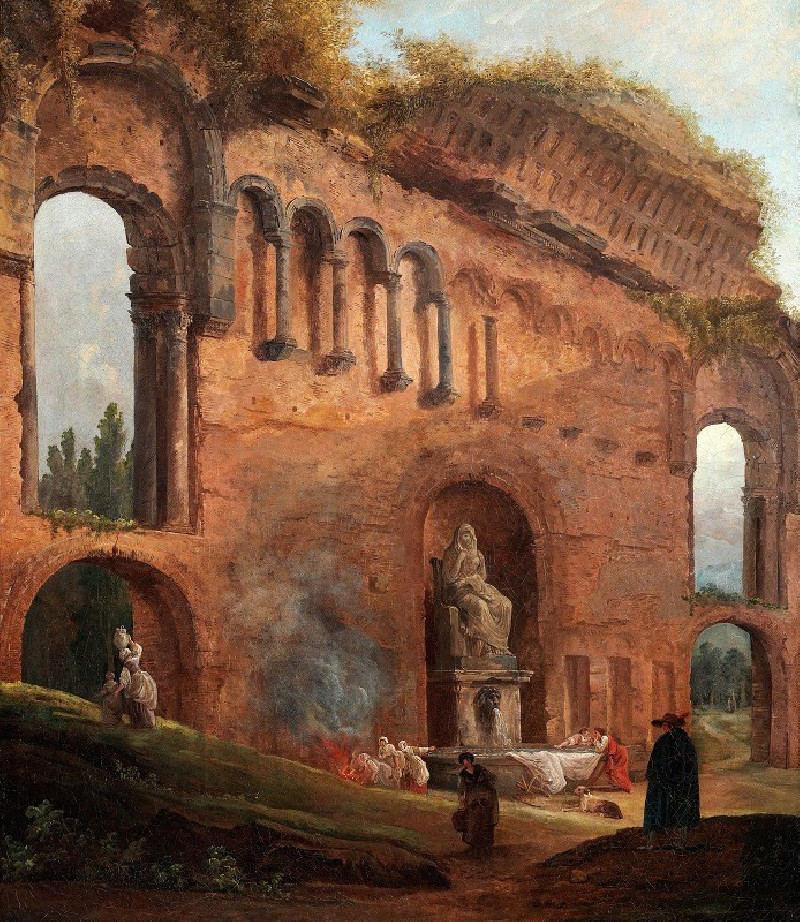Entwurf zu einem Kriegsschiff-Spielzeug (ca 1905)
Technique: Giclée quality print
Recommended by our customers
More about this artwork
Welcome to a captivating glimpse into the creative mind of Egon Schiele through his intriguing work "Entwurf zu einem Kriegsschiff-Spielzeug." This artwork, roughly translated as "Design for a Warship Toy," was sketched around 1905. A marked departure from Schiele's more recognized expressive figures, this design showcases his versatility and attention to structural detail.At first glance, this sketch might seem a simple technical drawing, but a closer look reveals the nuanced artistry and imagination of Schiele. The work presents a meticulous blueprint of a toy warship, complete with multiple decks and detailed sections. Not merely a child's plaything, the ship is envisioned with an elaborate design that suggests functionality blended with whimsical creativity.The upper section of the drawing displays the exterior of the warship. It features several decks with windows and lifeboats sketched in a precise, linear style. The symmetrical arrangement of the ship’s elements gives it a balanced, orderly appearance, which is a typical approach in technical drawings yet imbued here with an artistic flair.Below this, Schiele offers us a cross-section of the ship, revealing its interior spaces. Sketches of people within various compartments suggest the imagined life inside the warship, turning a soulless machine of war into a vessel teeming with human activity. Intriguingly, the interior includes what appears to be living quarters, a command center, and other functional rooms, each drawn with clear lines and uncluttered detail.
Delivery
Returns
Egon Schiele was an Austrian painter. A protégé of Gustav Klimt, Schiele was a major figurative painter of the early 20th century. His work is noted for its intensity and its raw sexuality, and the many self-portraits the artist produced, including nude self-portraits. The twisted body shapes and the expressive line that characterize Schiele's paintings and drawings mark the artist as an early exponent of Expressionism.

